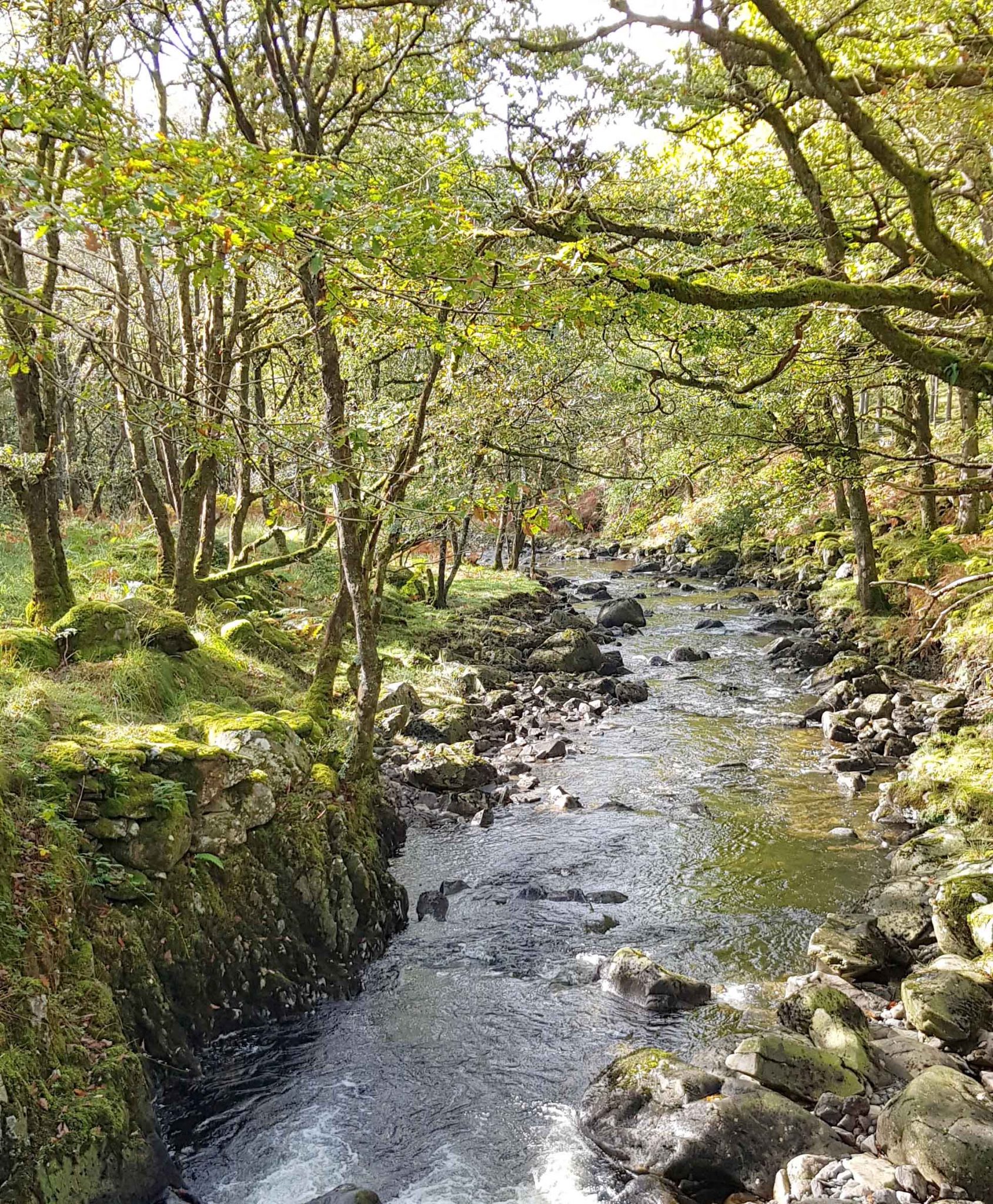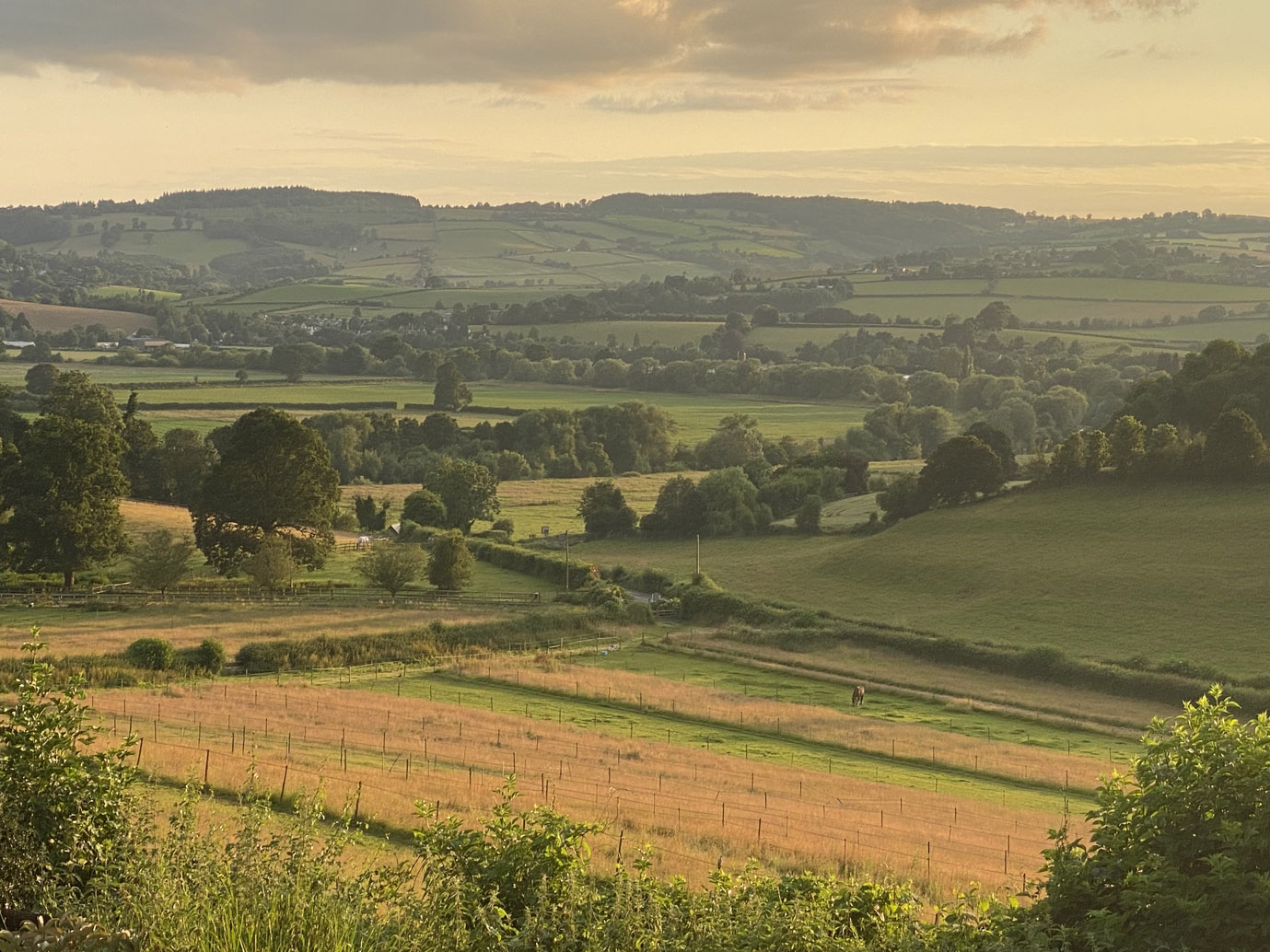Water is a fundamental part of Wales’s landscape and natural heritage.
Our rivers and lakes (llyns) offer a range of biodiversity, habitats and species. In many cases, this has resulted in them being assigned important UK and EU designations. Eight rivers are classed as Special Areas of Conservation (SAC), as are four lakes (llyns) and four estuaries.
Twenty-three of Wales’s rivers are ‘main’, classified as such for the purpose of fishery identification and reporting. This means they should have appreciable runs of salmon and in many cases, sea trout too (or sewin as they are known here).
However, none of these designations do justice to the sheer beauty of Wales’s rivers, nor the deep affection people hold for them.
Their value as suppliers of services and benefits to society such as a clean and abundant supply of drinking water, hydropower, and even disposal of waste (within practical limits) is huge. Additionally, angling and associated tourism brings in visitors and much needed employment and revenue to the Welsh rural economy, estimated to be worth £150million each year.

Pressures on the Rivers

Land Management
While chemical water pollution has significantly decreased in recent years, the hoped-for widespread improvements to the ecology of our rivers from the introduction of the Water Framework Directive have not been delivered …

Human Impact
Afonydd Cymru is concerned about all sources of pollution affecting our rivers in Wales. CSOs can cause pollution and increased microbial loading particularly after periods of heavy rainfall. However, there is little current evidence that CSOs are responsible for widespread deterioration in the overall water quality in Welsh rivers …

Climate Change
In 2019, the Welsh Government announced a Climate Change Emergency for Wales. In 2021, the Senedd approved a pathway to net zero carbon by 2050. However, the most recent climate change predictions undertaken by the Centre for Ecology and Hydrology (CEH) predict that Wales will see by 2050 under a medium scenario …
